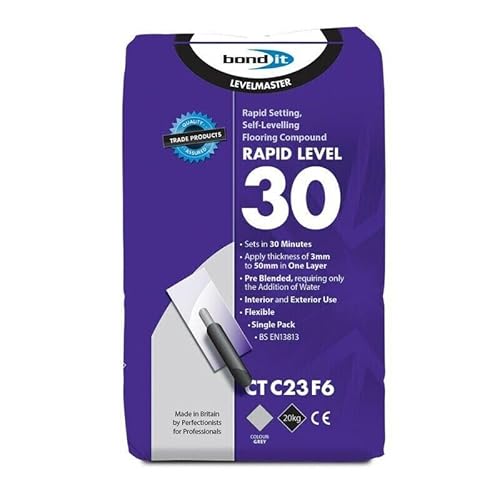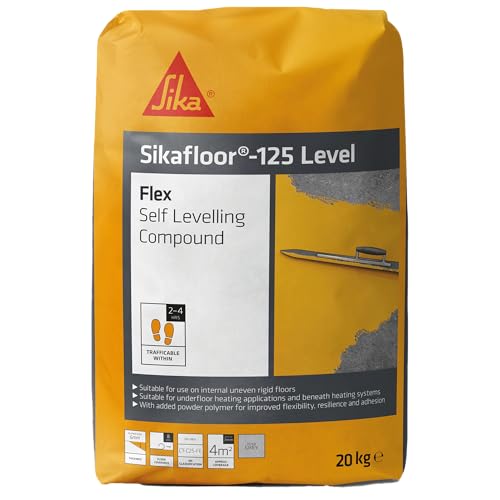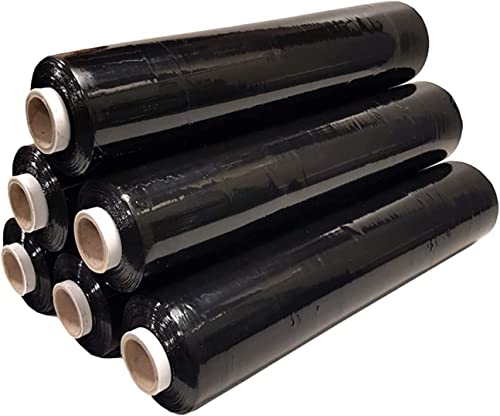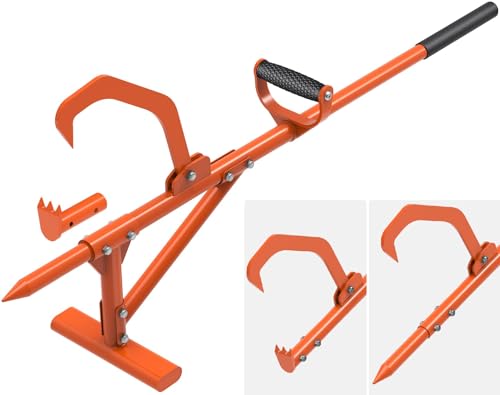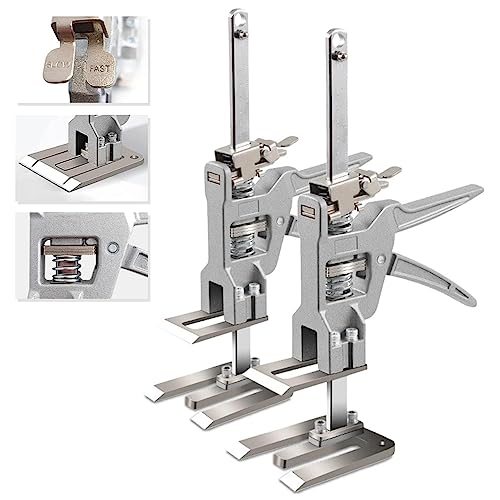Understanding Self-Leveling Concrete: What It Is and Why You Need It
What is Self-Leveling Concrete?
Self-leveling concrete is a specially formulated cement-based compound that is used to create a smooth, level surface on floors. It is designed to flow and settle into a level plane, which allows it to fill in low spots and smooth out uneven areas with ease. Unlike traditional concrete, which can be challenging to work with and requires fine-tuning, self-leveling concrete is user-friendly and ideal for a range of applications.
Why Consider Self-Leveling Concrete?
Using self-leveling concrete can significantly simplify the flooring process. Its ease of use makes it a popular choice for homeowners undertaking DIY projects, as it can be applied over various surfaces including wood, tile, and existing concrete. If you’re looking to install new flooring or renovate an area in your home, self-leveling concrete creates a solid base that not only enhances the aesthetics of your flooring but also provides durability and stability.
Key Benefits of Using Self-Leveling Concrete in Your Home
Saves Time and Effort
One of the primary advantages of self-leveling concrete is the time and effort it saves. Because it flows easily, it reduces the labor-intensive process typically associated with traditional concrete. This means that you can complete your flooring project faster, allowing you to move on to other renovations or simply enjoy your newly upgraded space.
Versatility for Various Projects
Self-leveling concrete is incredibly versatile. Whether you’re working on a basement, a garage, or any room in your home, this compound can adapt to diverse flooring situations. Its ability to bond to various substrates opens up options for layering new tiles, vinyl, or hardwood over adequately prepared surfaces.
Improved Aesthetics and Functionality
Aesthetically, self-leveling concrete is smooth and sleek, making it an excellent underlayment for any type of flooring. This smooth surface not only looks great but also improves functionality, as it helps in distributing weight evenly and prevents potential cracking in the flooring above.
How to Choose the Right Self-Leveling Concrete for Your Project
Consider Your Flooring Needs
When selecting self-leveling concrete, it’s essential to consider the type of flooring you plan to install. Different products are designed for varying conditions, so knowing your final flooring choice—like tile, laminate, or carpet—is crucial. For example, some self-leveling compounds are specifically formulated for lightweight loads, while others are designed to support heavier flooring options.
Check the Drying Times and Thickness
Another important factor is the drying time and the pour thickness. Some mixtures allow for a faster setting time, which can be beneficial if you’re working on a tight schedule. Additionally, ensure the product allows for the desired thickness; too thick a pour can lead to issues down the line.
Research the Product Specifications
Always read the product specifications and buy from reputable manufacturers. Check for essential features such as flexibility, water-resistance, and temperature adaptability to ensure the product suits your specific environment.
Application Tips for a Flawless Finish with Self-Leveling Concrete
Preparation is Key
Before applying self-leveling concrete, proper preparation of the surface is vital. Clean the area thoroughly, removing dust, grease, and existing flooring materials. Using a concrete primer can enhance adhesion between the existing surface and the new layer.
Mixing and Applying the Compound
When mixing the self-leveling compound, follow the manufacturer’s instructions closely for water ratios to ensure optimal results. Use a mixing paddle attached to a drill for an even blend. Pour the mix in one continuous flow starting at a corner of the room and work towards the exit, using a trowel or gauge rake to guide it into the right areas. Keep an eye on the consistency; if it thickens too much, it will lose its leveling properties.
Finishing Touches
After pouring, let the compound self-level naturally; don’t overwork it. Once it sets, you’ll want to ensure it fully cures before applying any flooring materials. Check the manufacturer’s guidelines for curing times to avoid complications.
Frequently Asked Questions About Self-Leveling Concrete
How long does it take to dry?
Drying times can vary depending on the specific product and environmental conditions, but most self-leveling concrete can take anywhere from a few hours to a full day to set sufficiently for light foot traffic. Ensure it’s fully cured before placing heavy items or flooring over it.
Can I apply it over existing flooring?
Yes, self-leveling concrete can often be applied over existing flooring such as tile or vinyl, provided the surface is adequately prepared. However, it’s best to check the product specifications for compatibility and any necessary preparation steps.
Is it suitable for outdoor use?
While some self-leveling concrete products can be suitable for outdoor use, check the manufacturer’s guidelines for weather resistance and durability. If you’re considering an outdoor project, you may need a specific mixture designed for external applications.

